The new AirPods Pro is the most popular earphone in 2019. Despite of its appearance, its strengths of noise reduction, waterproofing, and high sound quality are quite desirable.
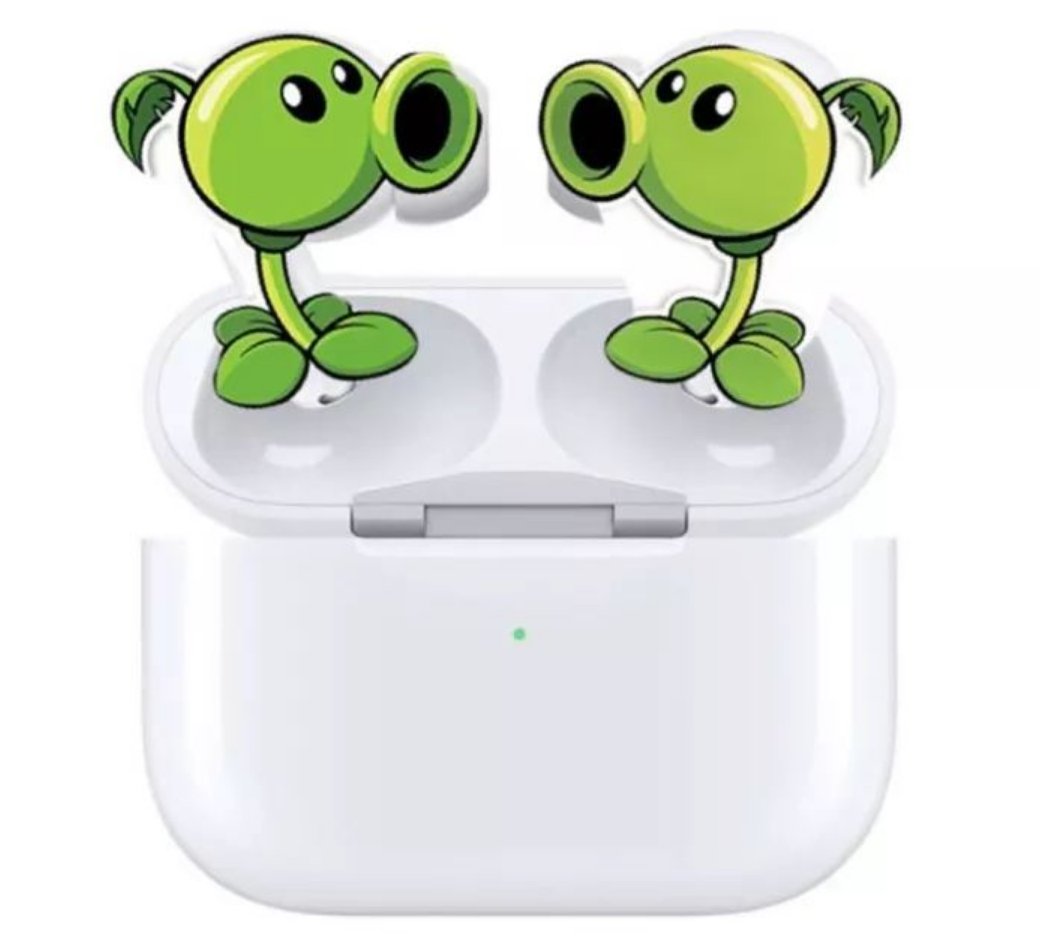
First impression
The main improvement of this new product is noise reduction, which is also the most debated point by major digital experts since its release. After putting it on, we entered noise reduction mode, and the world is really quiet. As an in-ear noise reduction earphone, it is really amazing to be able to achieve such an effect. CRYSOUND has been committed to electroacoustic testing, it is natural to test in person to truly feel its noise reduction performance. With this in mind, I immediately took out two other representatives of noise reduction headphones-Bose QC35 and Sony WH1000XM3. Let's use professional testing equipment and scientific data to tell you how the noise reduction performance of these three products.
As professionals, do you want to know how we test?
Let's reveal the answer!
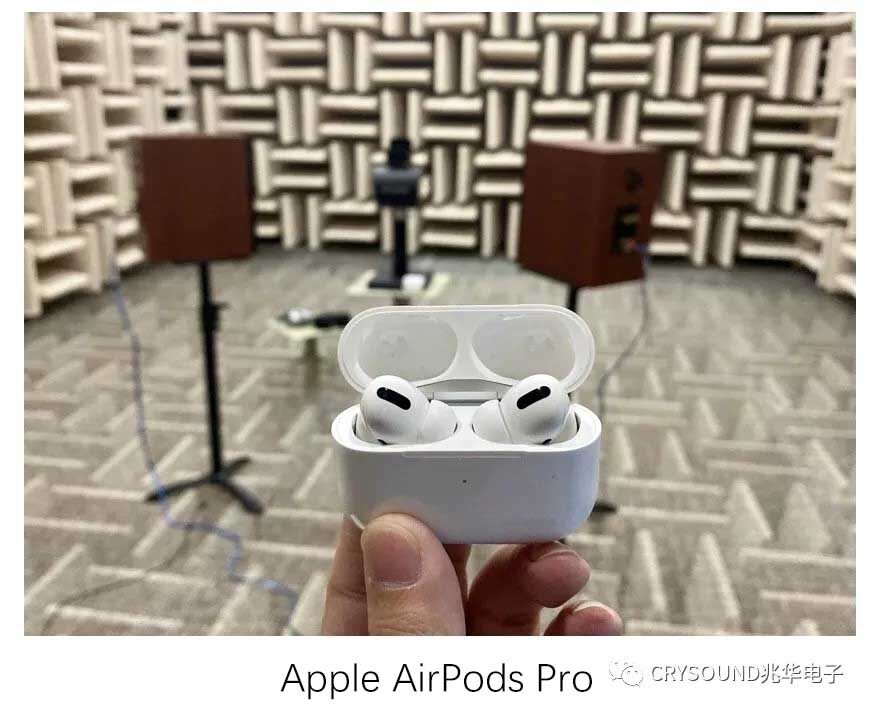

Sony WH1000XM3 Bose QC35
Test environment
01 Full anechoic chamber
CRYSOUND owns a full anechoic room which has background noise of 1.1dBA and with a cut-off frequency of 80Hz. The internal space size is 4.6m X 6.9m X 4.0m, which is a very professional environment. How awesome is this full anechoic chamber? In theory, the minimum sound pressure level that can be distinguished by the human ear is defined as 0dB (SPL), while the sound level that we encounter in daily life, such as the quiet office, maybe around 50dB.In the still of night, it is about 30-40dB. With 1.1dBA background noise, the human body becomes the noise source, and you can hear your breathing, heartbeat, and even the sound of blood flowing. The world record of staying alone in this anechoic room is only 45 minutes.
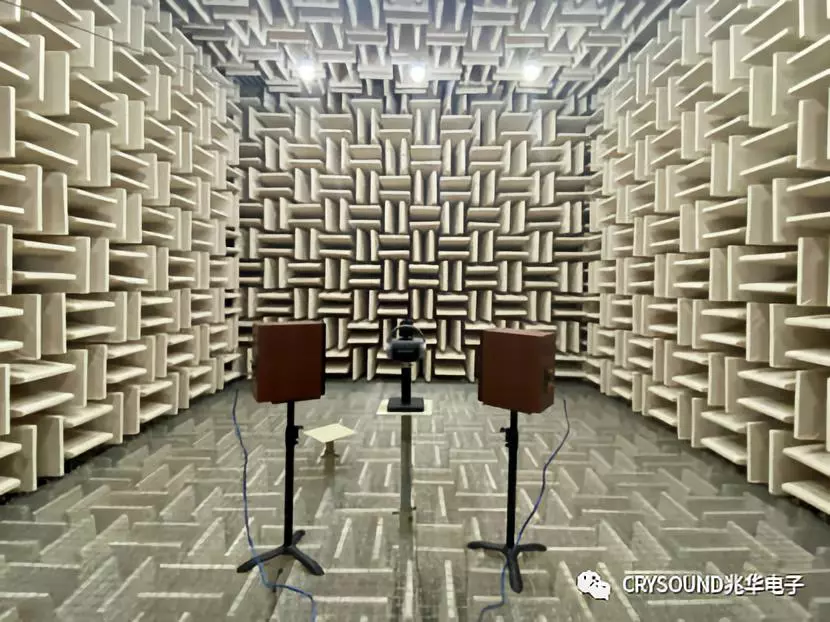
02 Test equipment
To test this TWS earphone, the first choice must be the high-performance and high-precision CRY6151B electroacoustic tester. The tester’s software is powerful enough, and the matched CRY574Pro Bluetooth dongle is perfectly compatible with a wide range of Bluetooth audio modes and chip solutions. At present, most domestic manufacturers of TWS headphones and Bluetooth headphones choose this instrument, with dual test or even four test systems, greatly improving production efficiency and fully meet the demand for TWS headphones, which has grown rapidly in recent years.
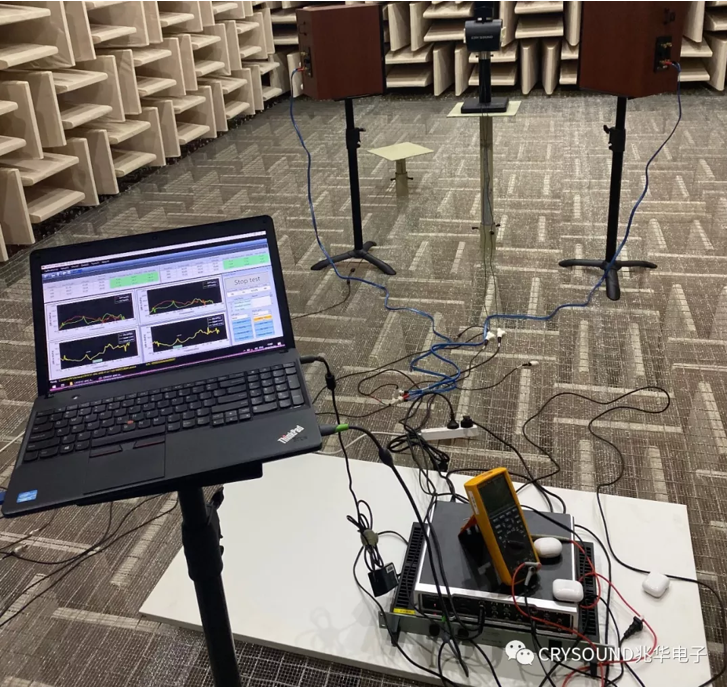
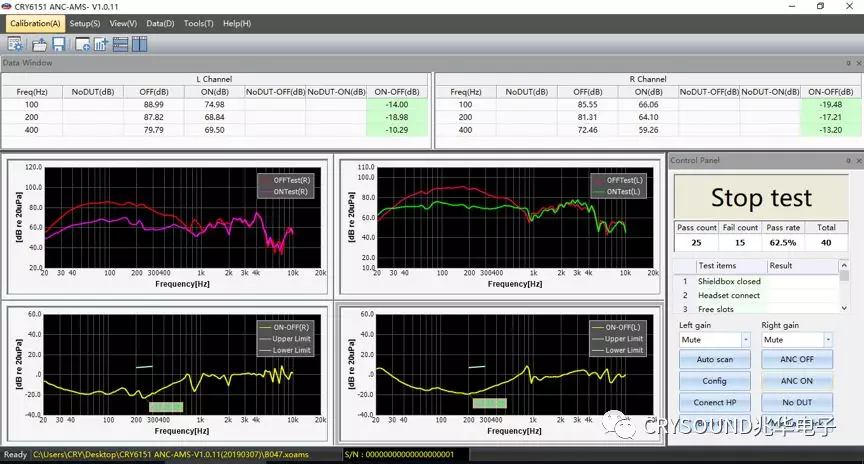
03 Test fixture
In order to use it as close to the human ear as possible, we specially used the CRY802 hearing protection earphone fixture stand and artificial human ear to achieve the best results.
CRY802 hearing protection earphone test fixture is mainly designed for various types of noise reduction headphones, earplugs and other hearing protection devices,test results as close as possible to the simulated human head. This test fixture is fully compliant with the ISO 4869-3-2007 standard and is the best choice for hearing protection headphones. The test fixture is fixed on the elastic base, which can reduce the background noise during the test to the minimum value of the typical environment to avoid interference. At the same time, the built-in foam plugs greatly reduce audio leakage on the transmission and minimizes the impact of the environment and the bracket itself.
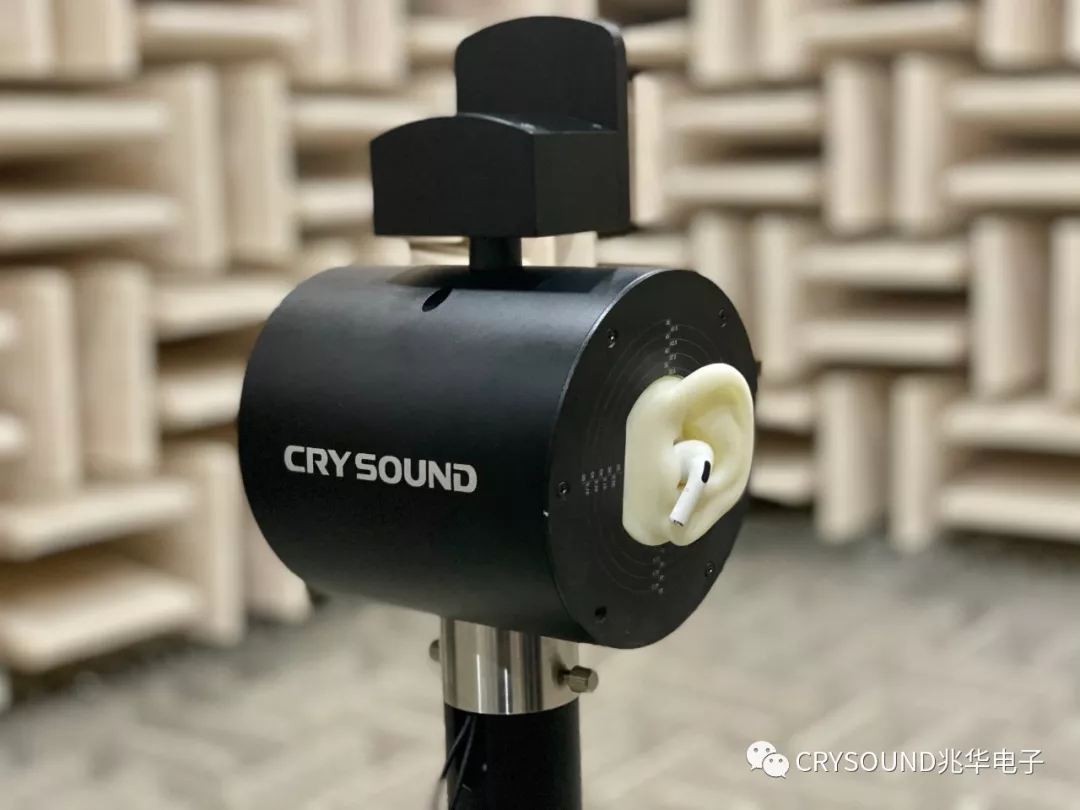
Test principles
Drive the speaker to send a standard frequency sweep signal to test how much sound we collect with or without headphones, and turn on and off the noise reduction effect. As long as we control the speaker to produce the same level of sound, the better the noise reduction effect, the smaller the collected sound will be. You can understand this by analogy to the following schematic diagram:
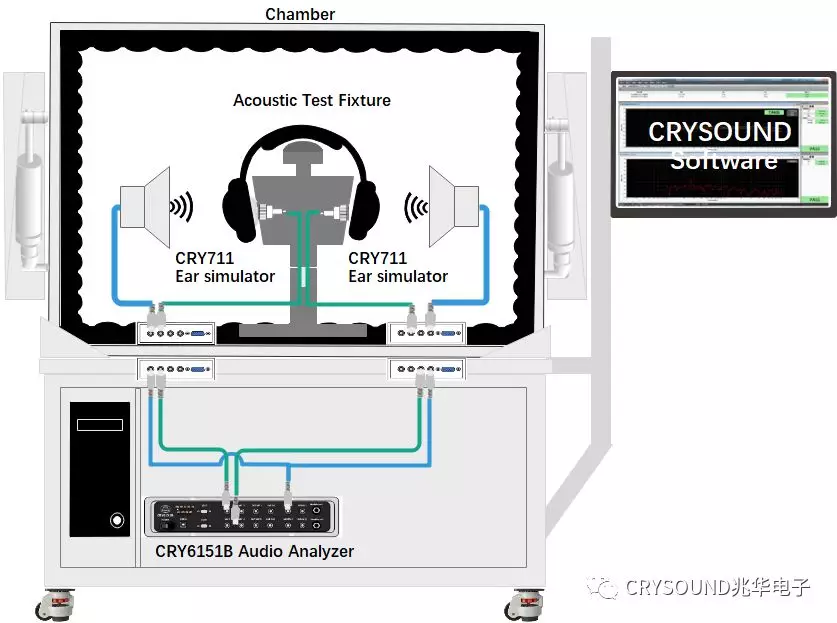
Exciting test results
After so much, finally came to the results announcement, let's take a look at the performance of these three noise reduction flagship series.
1、Bose QC35
The first one is the Bose QC35. As an established noise reduction headphone manufacturer, the noise reduction effect of Bose headphones can be said to be generally recognized by everyone, let's take a look at its test results.
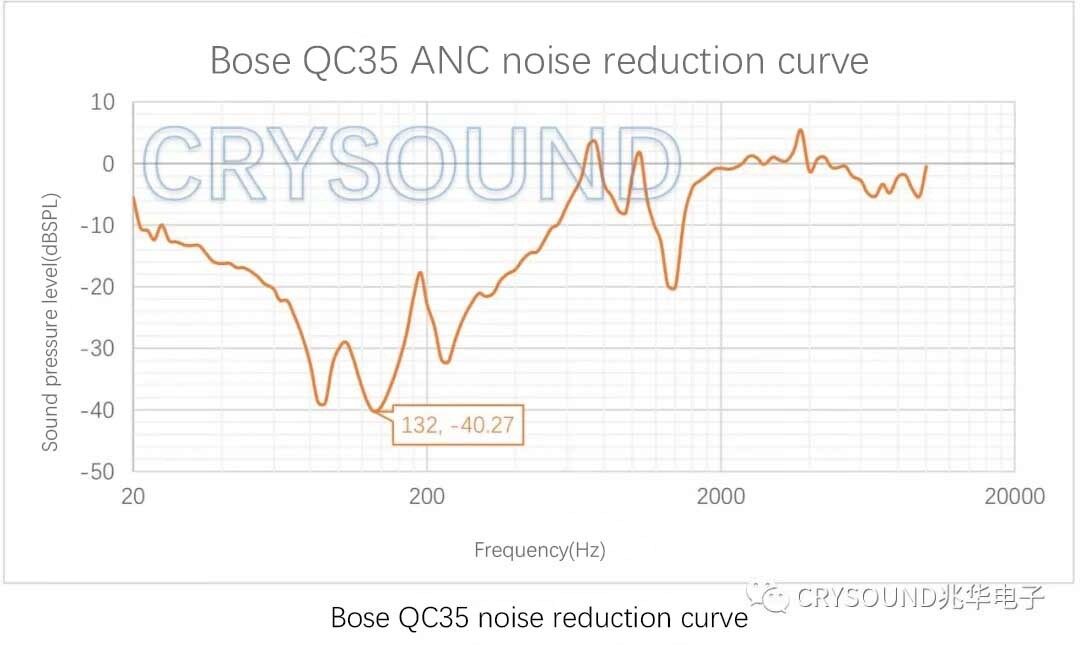
It is obvious from the figure that the optimal noise reduction frequency is 140Hz and the noise reduction depth is about 40dB. This is very good data, after all, it is the former noise reduction flagship product. It is the target pursued by many noise reduction headphone manufacturers.
2. Sony WH1000XM3
As Sony's latest noise reduction product, it has also made a huge breakthrough in the performance of ANC. Let's see how it performed.
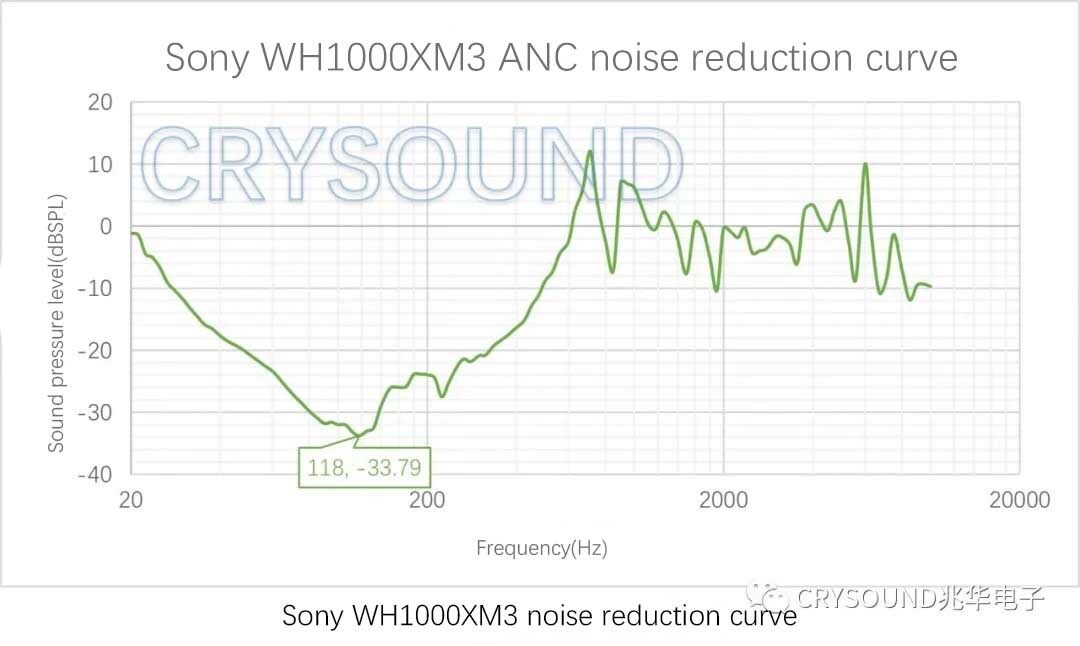
You can see the figure that the optimal noise reduction frequency is 150Hz and the noise reduction depth is about 34dB. It can be seen that Sony WH1000XM3 has a good noise reduction effect, but there is still some gap between it and ANC brand manufacturers like Bose. Do not underestimate the 6dB difference,dB is used as a logarithmic unit. The 6dB gap is doubled in the concept of sound pressure level.
3. Apple AirPods Pro
The finale is, of course, our new test product today, the Apple AirPods Pro. Let's see as an in-ear headphone, but also a newcomer in the ANC field, what kind of effect can be achieved by virtue of its own technology accumulation?
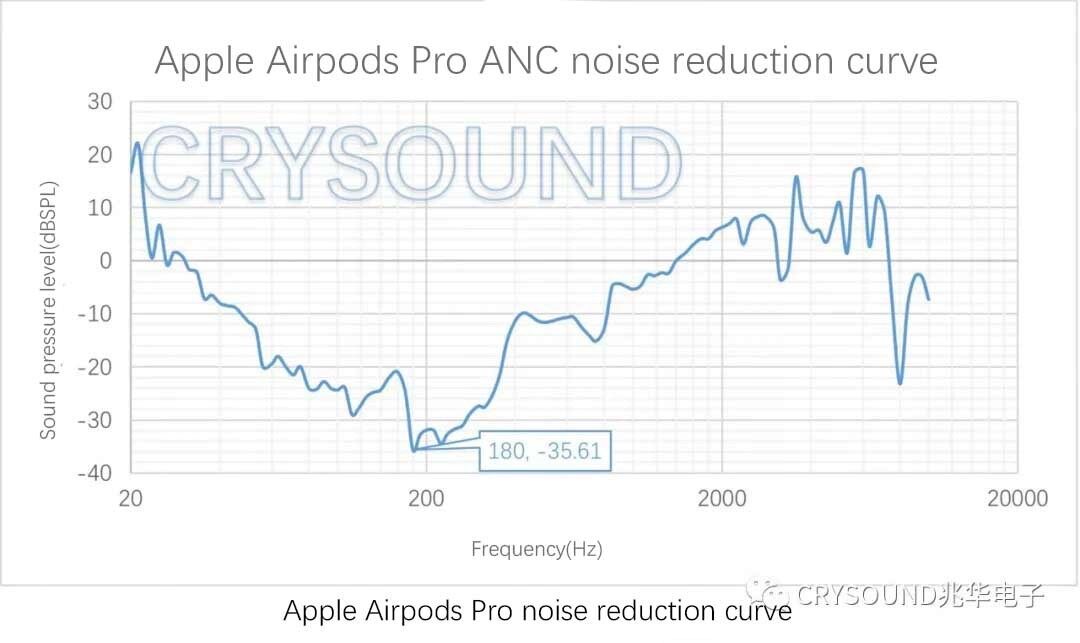
The information on the picture shows that the optimal frequency of AirPods Pro's noise reduction is about 200Hz, and the noise reduction depth is about 35dB, which is even better than Sony WH1000XM3. Although it still has some gaps with the Bose QC35, but as an in-ear headphone, its noise reduction performance can be said to be the current top level. After all, you can think of the headphones directly from the senses, such a big earmuff surrounds the ears, which will naturally cut off some sounds.
Test summary
The first place is Bose QC35, whether just the effect of the ANC noise reduction curve or the part of the complete noise reduction curve, QC35 has obvious advantages, that is, the yellow curve in the figure is obviously the lowest in general. So, it is worthy of the first place.
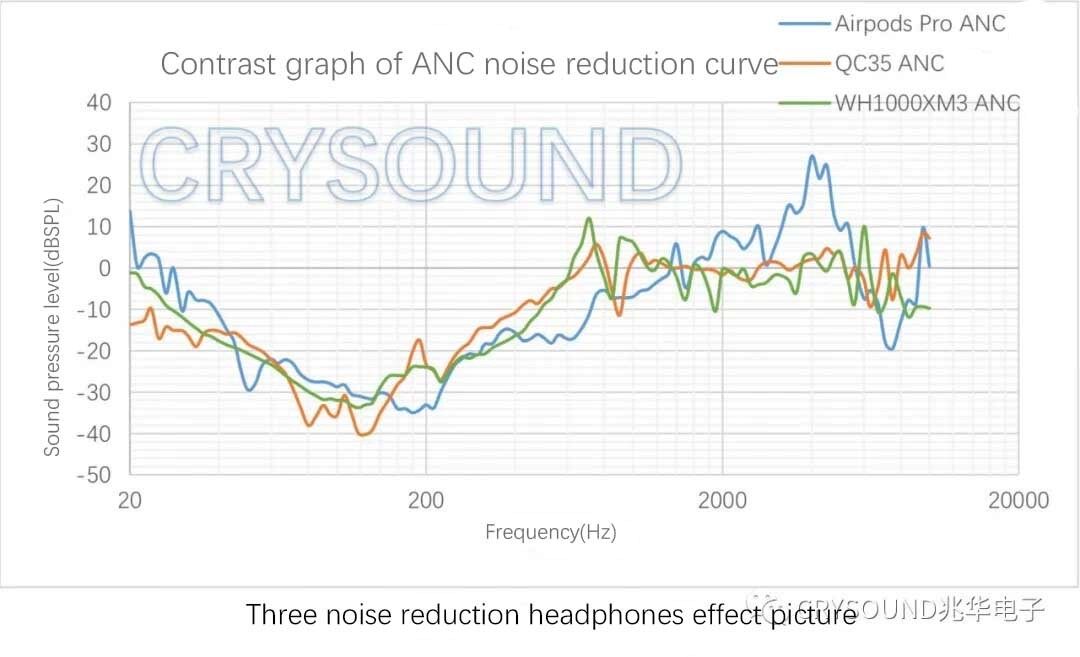
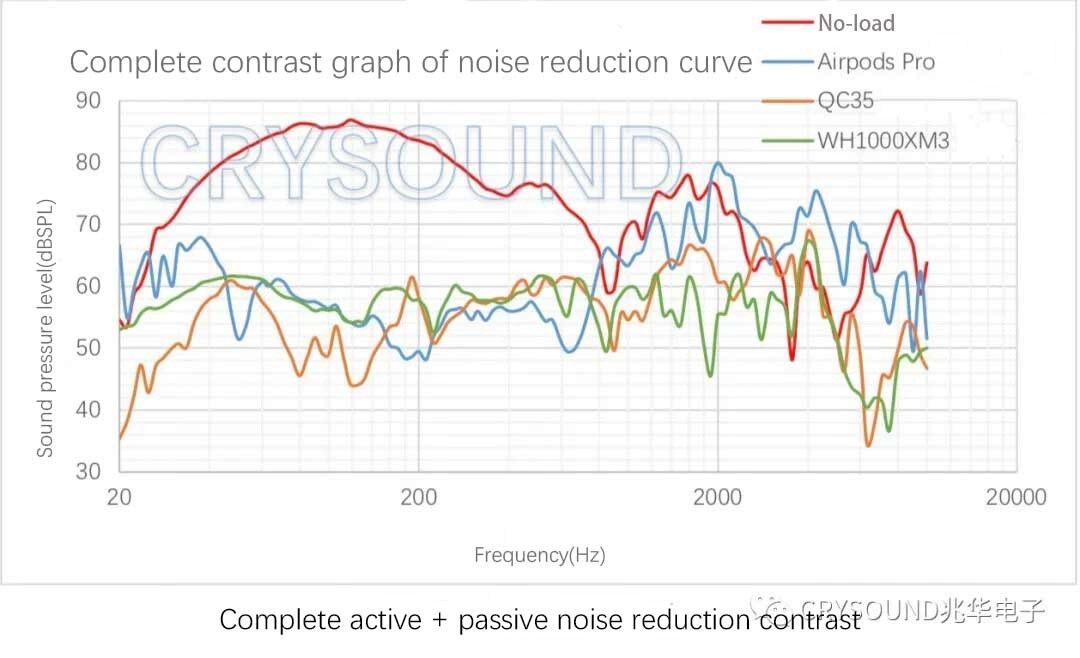
The second place is Apple AirPods Pro, which, although we only look at the ANC noise reduction curve of Apple and Sony, it seems that the two are similar, although the AirPods Pro's lowest point was slightly better, the overall two are almost the same. However, when we look at the full active + passive noise reduction curve, we can find that AirPods Pro has the advantage in the middle and low frequency bands where the main noise concentration is. And considering the huge superiority of passive noise reduction in headphones, AirPods Pro is more satisfying to me than Sony's WH1000XM3, so I give it the second place.
The third place is Sony WH1000XM3, which ranks last among the three headphones in comprehensive evaluation. However, this does not mean that the noise reduction performance of this headphone is poor. This test has selected several products that are famous for their noise reduction performance. Sony's WH1000XM3 is still at the top among many other noise reduction headphones, and it can even be said that it is overwhelming. According to the active + passive noise reduction curve, Sony WH1000XM3 has the advantage in the high-frequency part, which is the part with the greatest impact of passive noise reduction. This indicates that WH1000XM3 is more dominant in the acoustic insulation effect of earmuffs.

